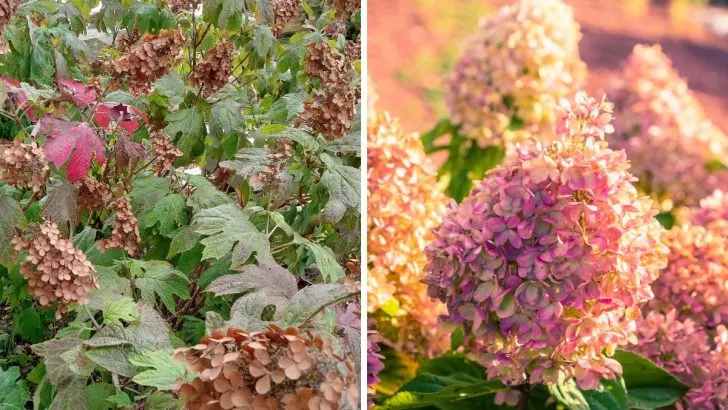As the days grow shorter and the crispness of autumn settles in, it’s easy to put gardening on the back burner. But if you have hydrangeas, now is the time to show them a little extra love.
Fall care is crucial for these beautiful shrubs, setting the stage for vibrant blooms come spring. Without the right attention, however, you could be setting yourself up for disappointment next year.
From preparing the soil to pruning and watering, a few essential tasks now will make all the difference.
Plus, I’ll walk you through three common mistakes that could leave you scratching your head come bloom time.
Let’s dive into how to give your hydrangeas the best care this fall – so they reward you tenfold next year.
1. Preparing the Soil for Happy Hydrangeas
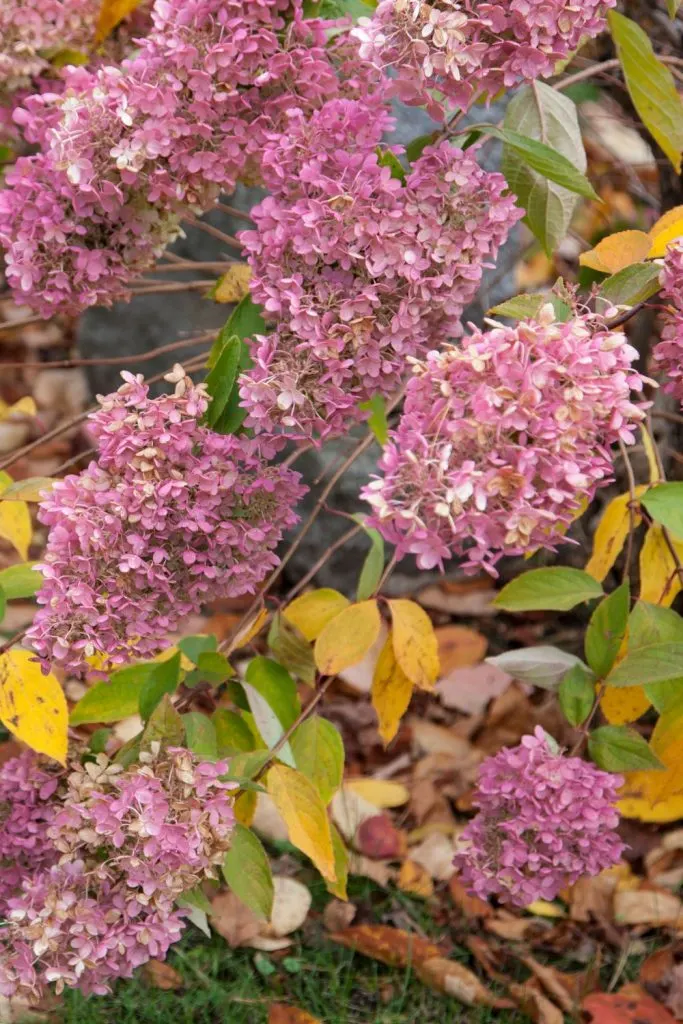
Healthy soil is the foundation of thriving hydrangeas. Fall is the perfect time to amend the soil to ensure it’s nutrient-rich and well-prepped for the winter months.
Start by testing the soil’s pH – hydrangeas prefer a slightly acidic to neutral range (5.5 to 7.0). If your test reveals the soil is too alkaline, sprinkle some sulfur to lower the pH.
On the flip side, if it’s too acidic, a little lime will do the trick.
But don’t stop there – add organic matter like compost or well-rotted manure to improve soil structure.
This not only boosts fertility but helps retain moisture and improves drainage – both of which your hydrangeas will appreciate once the growing season starts again.
2. Pruning Hydrangeas: Know When to Snip, and When to Step Away
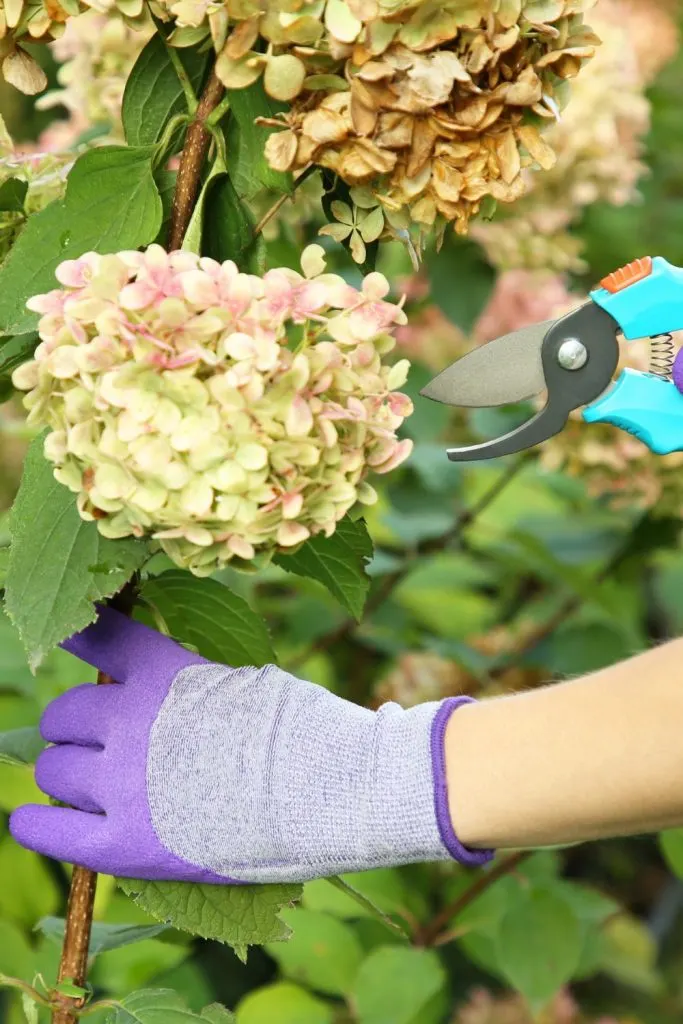
Pruning hydrangeas can feel like walking a tightrope – get it wrong, and you might accidentally chop off next year’s blooms.
The trick is knowing what type of hydrangea you have. For old wood bloomers (like Hydrangea macrophylla), avoid heavy pruning in the fall.
These varieties set their buds for next year on old wood, meaning you’ll want to leave them mostly alone in autumn. Instead, focus on lightly trimming dead or diseased branches and spent blooms.
For new wood bloomers (like Hydrangea paniculata and Hydrangea arborescens), a light pruning in late fall encourages vigorous growth in spring. Just remember – less is more when it comes to fall pruning.
3. Watering Wisely as Temperatures Drop
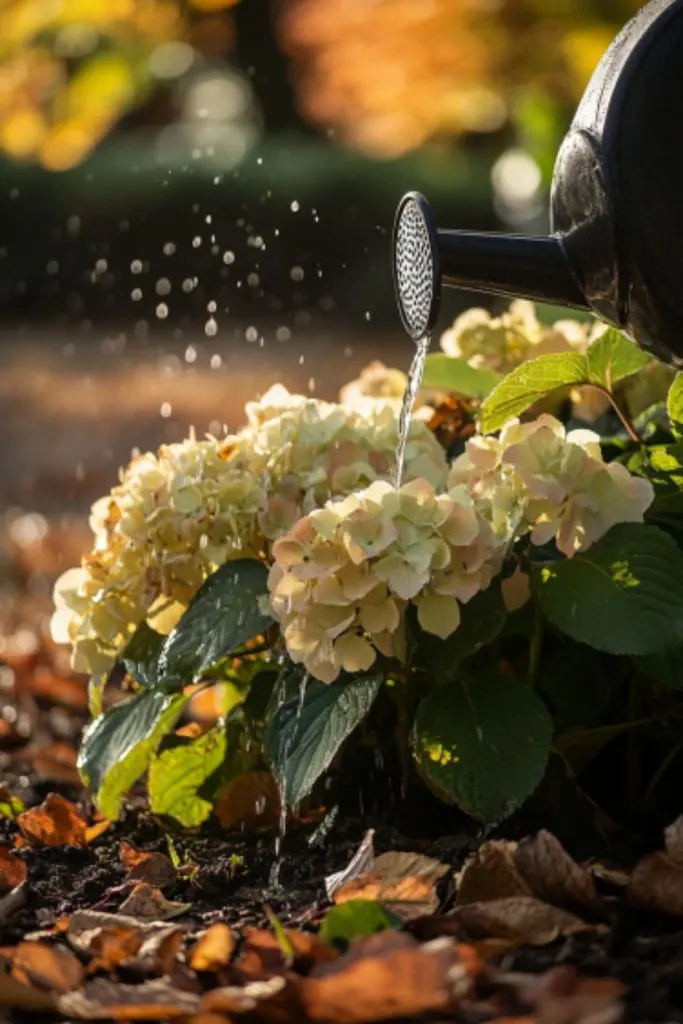
As the temperature drops, your hydrangeas still need moisture but in moderation. Hydrangeas love consistently moist soil, but avoid waterlogging them as this can lead to root rot.
A deep soak once a week is usually enough, even in cooler weather. However, as winter approaches, you’ll want to gradually reduce watering.
Overwatering at this point can do more harm than good, especially as the soil takes longer to dry out. The key is keeping the soil moist without it becoming soggy. Hydrangeas need a drink, but not a bath!
4. Mulch Magic: Your Hydrangeas’ Winter Blanket
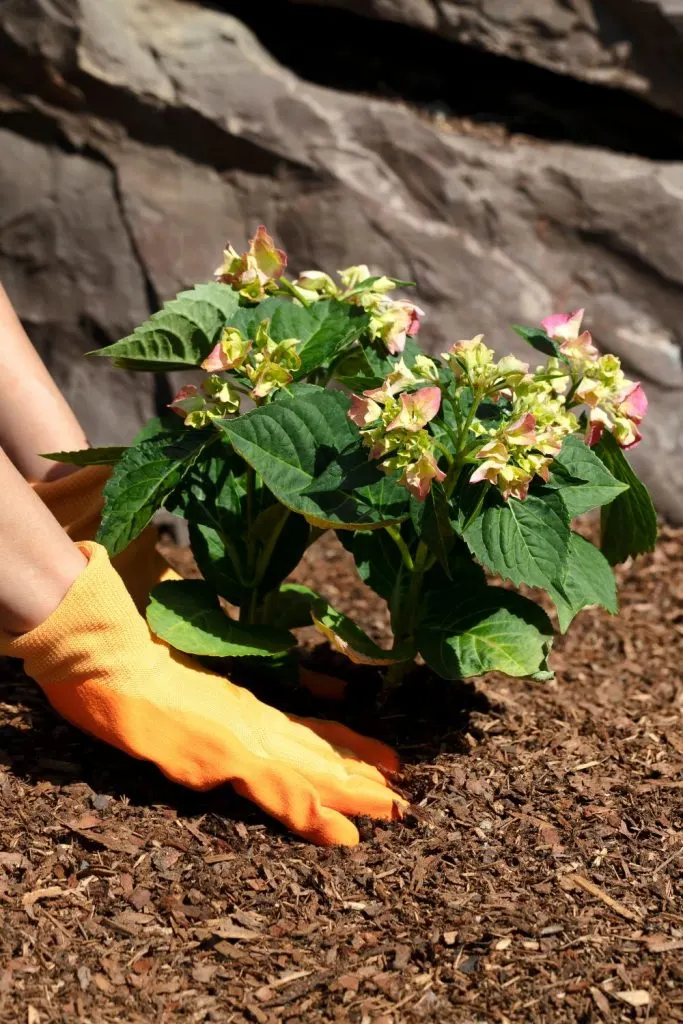
Don’t underestimate the power of a good mulch layer! Mulching in the fall helps protect your hydrangeas from the cold by keeping the soil temperature stable and retaining moisture.
Lay down a 2-4 inch layer of organic mulch, such as shredded leaves, pine needles, or bark. This protective blanket ensures your hydrangeas’ roots stay warm and cozy through the harsh winter months.
But here’s a tip: keep mulch a few inches away from the stems. Piling mulch directly against the stems can invite rot and pests, both of which you’d rather avoid.
5. Fertilizing: Gentle Does It in Fall
When it comes to fertilizing hydrangeas in the fall, think of it as a gentle nudge, not a push. Over-fertilizing can stimulate new growth just when your hydrangeas should be preparing for dormancy.
If you haven’t already done so earlier in the season, a light application of slow-release fertilizer in early fall can help.
Organic compost is a safer option, as it breaks down slowly, giving your hydrangeas the nutrients they need without encouraging tender new growth that won’t survive the cold.
3 Common Mistakes to Avoid (So You Don’t Regret It Next Spring)
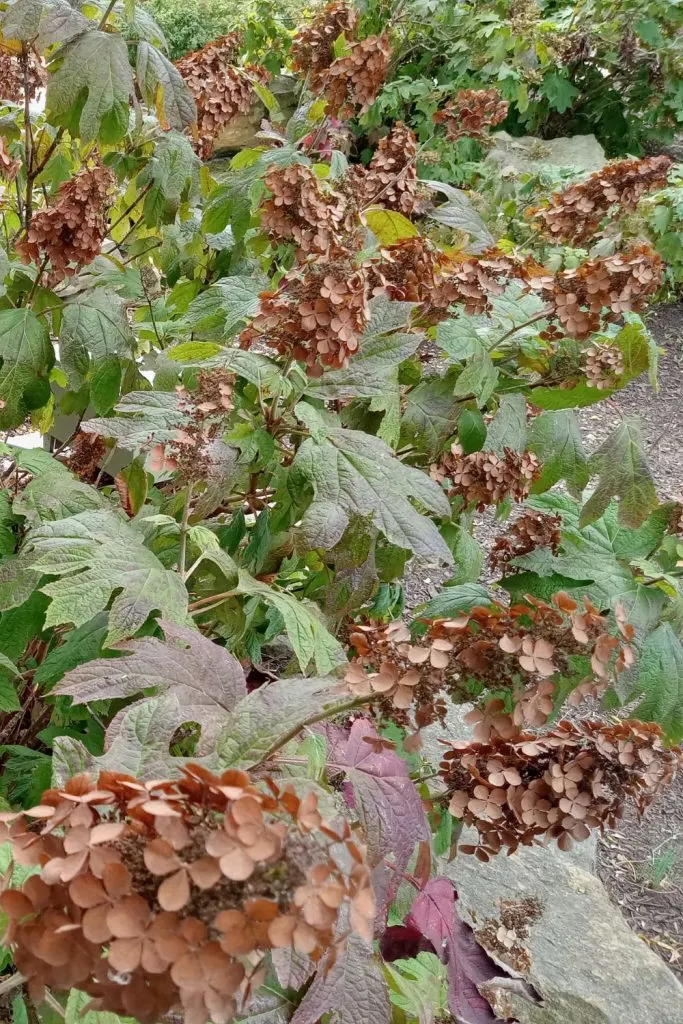
1. Heavy Pruning in Fall
It’s tempting to give your hydrangeas a serious haircut as the leaves fall, but pruning too much – or too soon can remove next year’s buds.
For varieties that bloom on old wood, this mistake can leave you with bare branches next spring, and nobody wants that!
The rule here? Prune lightly and only remove what’s dead or damaged. Save the heavy pruning for the proper season, which for most hydrangeas is after their blooming period, not before winter.
2. Overwatering
We’ve all heard that hydrangeas love water, but too much of a good thing can lead to root rot – especially in fall when the soil retains moisture longer.
As temperatures drop, the soil doesn’t dry out as quickly, and overwatering can lead to soggy roots that spell disaster for your plants.
The fix? Water deeply but less frequently, and make sure the soil has excellent drainage. It’s better to err on the side of caution and let the soil dry slightly between watering sessions, especially in cooler weather.
3. Ignoring Pests and Diseases
It’s easy to think fall means a break from pest patrol, but don’t be fooled. Pests and diseases don’t take the season off – in fact, fall can be a time when they settle in for winter, ready to wreak havoc on your hydrangeas in the spring.
Botrytis blight and powdery mildew are just a couple of the common problems you could face. Don’t neglect your regular checks for pests or signs of disease.
Treat issues promptly, so you’re not faced with a bigger problem next year. Also, consider a good fall clean-up to remove any diseased leaves or debris that might harbor pests.
Give Your Hydrangeas a Head Start on Next Year’s Blooms
A little bit of extra effort this fall can lead to a stunning hydrangea show next spring.
By prepping the soil, pruning smartly, watering just enough, mulching well, and avoiding common mistakes, you’ll set your hydrangeas up for a healthy, thriving season.
Plus, you’ll be rewarded with lush blooms and strong plants that will leave your neighbors envious.
Give your hydrangeas what they need now, and you’ll thank yourself later.


